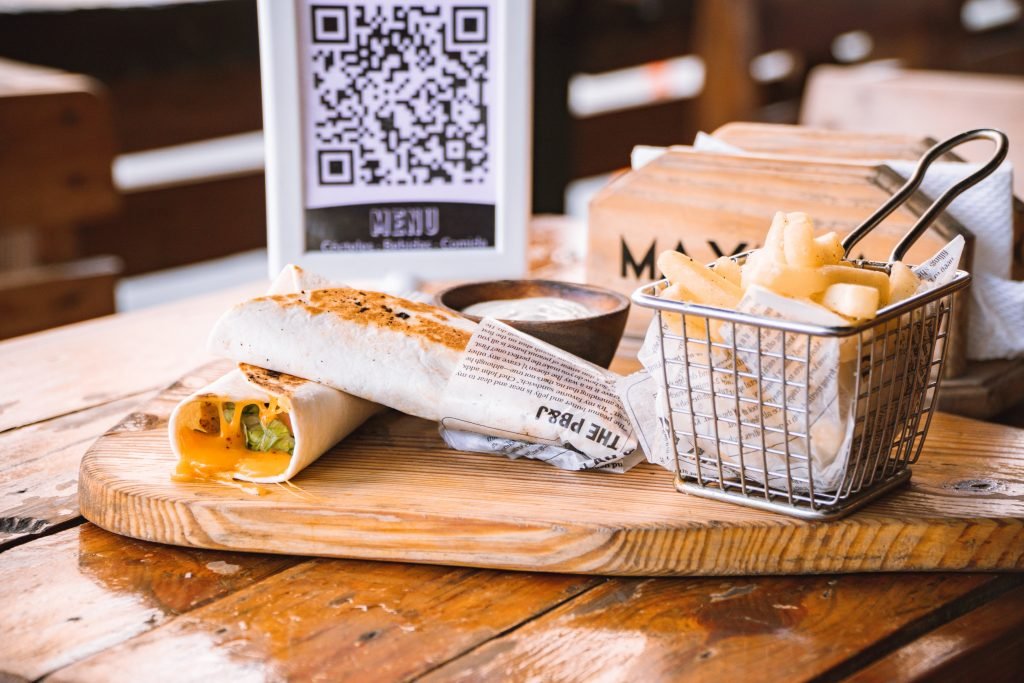The following feature was published in RestoBiz on March 9th, 2022
In spite of the challenges of the past two years, there is a future for the restaurant business.
by Laurent May CEO READY TO PAY
In spite of the challenges of the past two years, there is a future for the restaurant business. Automation has a big role to play, but that doesn’t mean good old-fashioned human hospitality is out of style, or ever will be. We need one just as much as we need the other.
This industry has always been unpredictable, but recent disruptions have made that an understatement. Never before has the hospitality industry been at the mercy of public-health policies to the extent that it has during the COVID-19 pandemic.
What lies ahead is anyone’s guess, but there are bright spots on the horizon. For instance, Ontario has recently removed capacity limits and proof of vaccination requirements at food and drink establishments, as several other provinces have already done.
While it may be tempting to think that the industry will spring back to where it was prior to COVID-19, the sobering fact is that, while the will and determination might be there, the workforce is not.
According to Restaurants Canada, the industry is lagging well behind the rest of the economy in that regard: “While total employment in Canada returned to pre-pandemic levels in September 2021, restaurants still haven’t recovered at least 200,000 of the 800,000+ workers they had to let go in the spring of 2020 — that’s one out of four workers still missing from the foodservice industry.”
Easing the impact of the labour crisis
Fortunately for restaurant operators, advancements in contactless technology and automation have eased some of the impact of this labour crisis. Over the course of the pandemic, 97 per cent of restaurant operators made some changes to their business to survive, with 37 per cent of those adding new tech.
These aren’t robotic chefs or droid waiters we’re talking about, although those are also out there, along with meal-delivery drones and other headline-grabbing gizmos.
Mostly, though, restaurants have adopted tech solutions that mitigate the labour gap by putting some of the work in the customer’s hands. No, that doesn’t mean guests are washing dishes or peeling potatoes. What they are doing, though, is scanning QR codes with their own phones, and using technology at the table to order and pay without having to wave down a server.
Customers tend to appreciate the additional options and convenience of these developments (certainly more than they would appreciate scrubbing pots in the kitchen). Having a dining experience that is completely devoid of any human contact, however, is not the point — nor is it desirable to most.
Ghost kitchens are certainly taking off in popularity, but they are still outliers. In the U.S., where the ghost-kitchen concept is more established than it is here in Canada, the National Restaurant Association’s State of the Restaurant Industry Report revealed that nearly three-quartersof adults said it’s important that their food “comes from a restaurant, deli, or fast food place that has a physical location that’s accessible to the public”.
Improving the employee experience
People love their technology, but they also still want to sit down in a brick-and-mortar restaurant staffed by other human beings. The function of automation, then, should be to make the employee experience a better one, particularly in an era in which businesses are struggling to find and retain staff. Those who do choose to remain in the industry should not have to carry a heavier burden due to smaller crew sizes. Nor, for that matter, should customers be compelled to dial down their expectations as a result of reduced staffing.
The good news? The right technology can allow operators to address both of these concerns at the same time.
Technology can’t magically increase the available labour pool, but it can allow restaurants to do more with less and boost operational efficiency. Customer-facing tech like contactless ordering and pay-at-table solutions can free servers from having to manually place orders or spend precious service time taking individual payments. It can therefore empower them to shift much of their attention away from transactional interactions and enable them to create higher qualitative experiences that leave guests with a lasting impression.
Continue to read full article here

